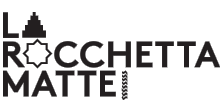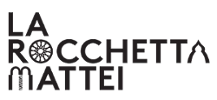A story of greatness, decline and rebirth
Rocchetta Mattei: the charm of 160 years of history returned to the public
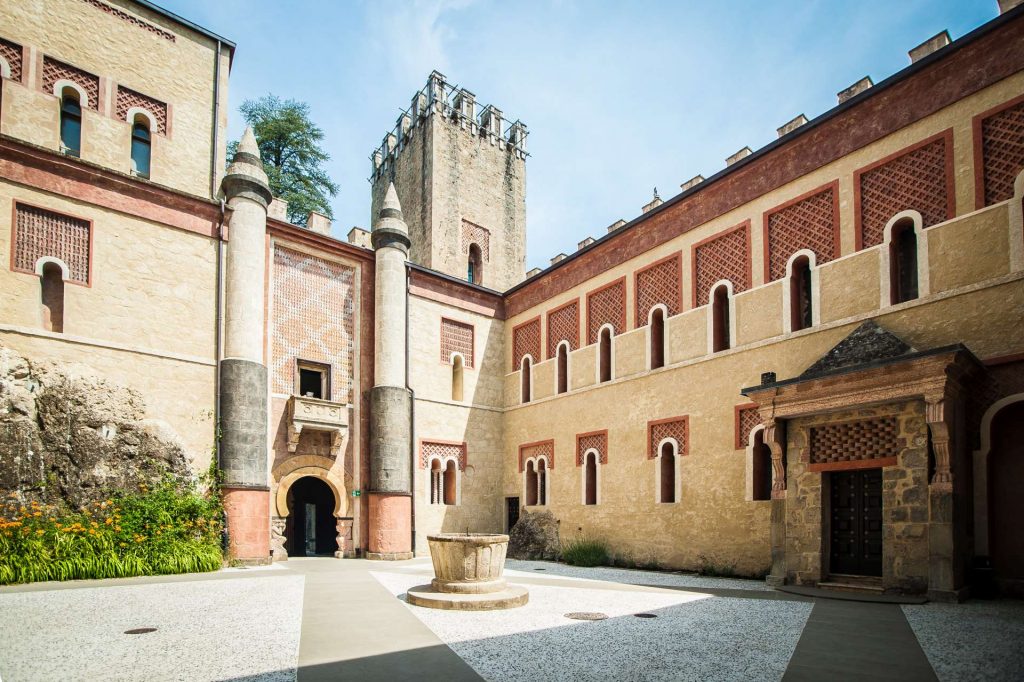
01. Origin of the Rocchetta
The castle called “Rocchetta Mattei” gets its name from the earl Cesare Mattei (1809-1896) who built it on the ruins of an ancient building dated back to the 13th century, called Rocca di Savignano. The structure of the castle had been repeatedly modified by the earl and his heirs, so that it became a maze of towers, monumental stairways, reception rooms, and private chambers. They all evoke different styles: from neo-medieval to Neo-Reinassance, from Moorish to Liberty.
02. The earl Cesare Mattei
Cesare Mattei was born in Bologna (1809) in a affluent family, he grew up in contact with some of the most important and substantial people of the time, such as Paolo Costa, Giocchino Rossini and Marco Minghetti. In 1837, he was one of the 100 founders of the Cassa di Risparmio in Bologna. He was bestowed the title of Earl in 1847 by the Pope Pius IX, following a land donation in Comacchio. He was heavily impacted by the death of his mother in 1844, as well as by his disappointing political experience; the latter was tied with the historical events that happened in Italy between 1847 and 1849. Because of all of this he decided to retire in his estate in Vigoroso in order to study the ‘new medicine’. In 1850, he bought the lands on which there were the ruins of a medieval castle and started to build the ‘Rocchetta’ there. He was in charge of the construction works and moved there permanently in 1859, where he lead a life like a medieval lord with his court. In the following years, he focused on his studies and on the spread of his alternative medicine that he called Electohomeopathy. This practice made him famous worldwide, and following his death in 1896, it was carried on by his heir with relative luck up until 1959. In that year, the Rocchetta was sold to the wife of a local tradesman, Primo Stefanelli (aka ‘Il Mercantone’). He managed the castle as a turistic attraction until its abandonment in the 80’s. In 2005, the Fondazione Cassa di Risparmio di Bologna (Carisbo) bought the castle. After a first stage of thorough project designing, the Fondazione moved to the stages of stabilization, and faithful restoration which is still ongoing.
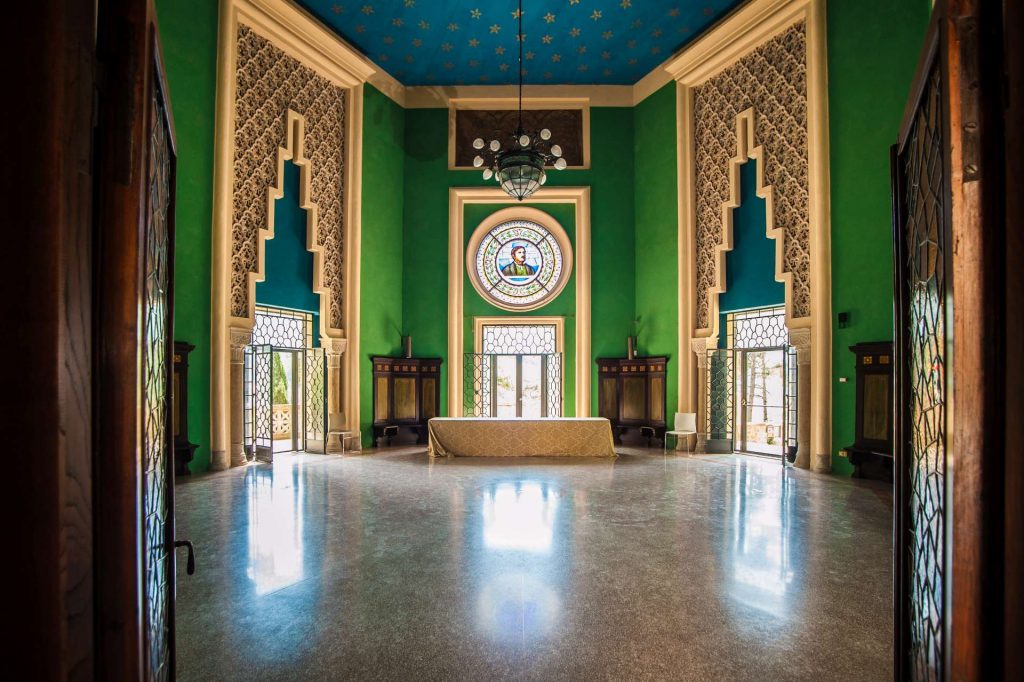
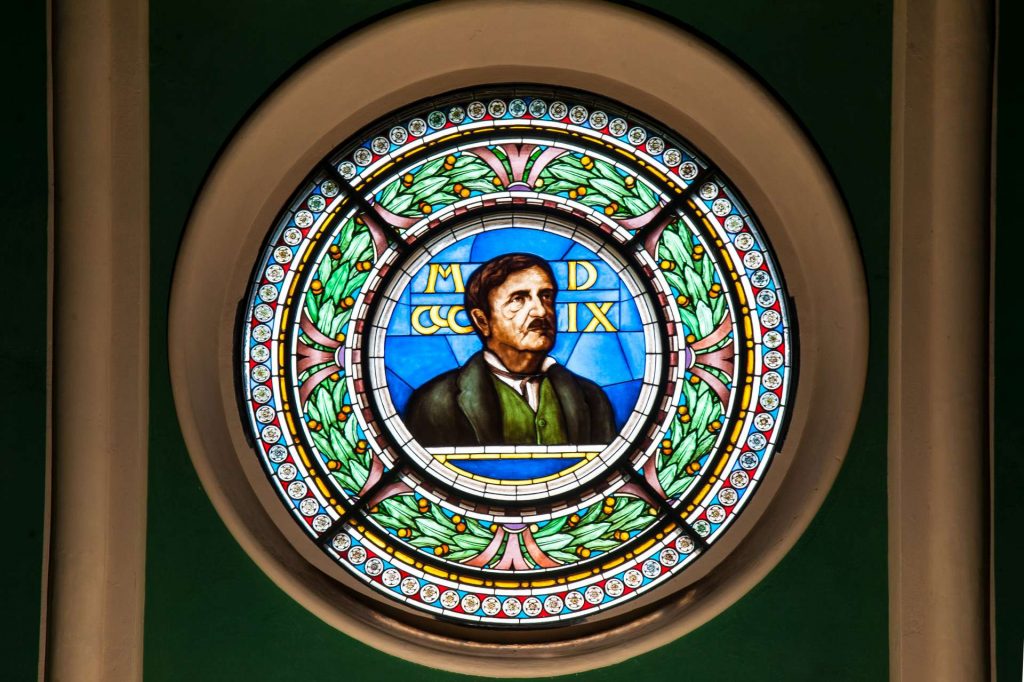
03. Electrohomeopathy and Mario Venturoli
While developing his Electrohomeopathy, Cesare Mattei took into account various paramedic practices that already existed, such as the theories of Samuel Hahnemann, the founding father of homeopathy. After the first trials, he begun producing the electrohomopathic preparations, even exporting them abroad. Electrohomepathy was born in a main deposit in Bologna and it spread to the point that in 1884 there were 107 distributions points all around the world. In order to pursue his medicine and the continuation of the construction works in his abode, Cesare Mattei entrusted his finance to his nephew Luigi, who caused a serious financial crisis unbeknownst to the earl. When Mattei found out about the deception, he disowned his relatives and put his trust in his collaborator, Mario Venturoli, who helped him overcoming the crisis. Mario Venturoli was adopted by the earl in 1888 as a sign of gratitude. During the years that Mattei spent in the Rocchetta, many families of the area found employment and affluence. Riola lived a time of development and prosperity as well, also because of the railway that the earl requested for his patients. After 1904, Mario Venturoli carried on the construction works in the castle, as well as the healing practices of his adoptive father, although Electrohomeopathy was still basically a mystery. The remains of Cesare Mattei were laid in a monumental sepulcher in the chapel of the Rocchetta, as per the will of the earl.
